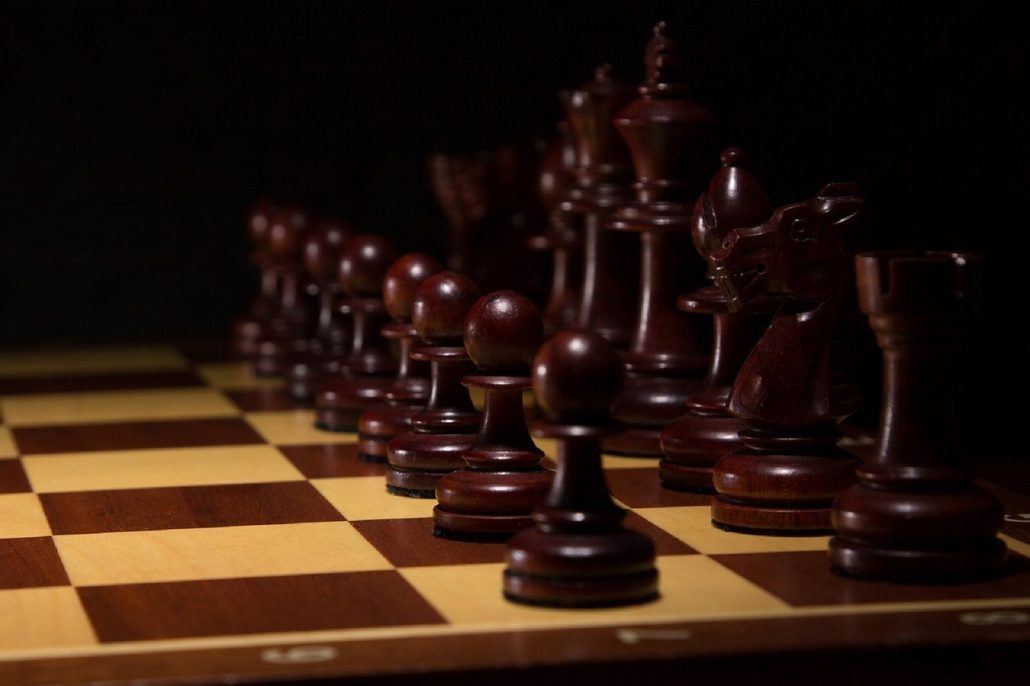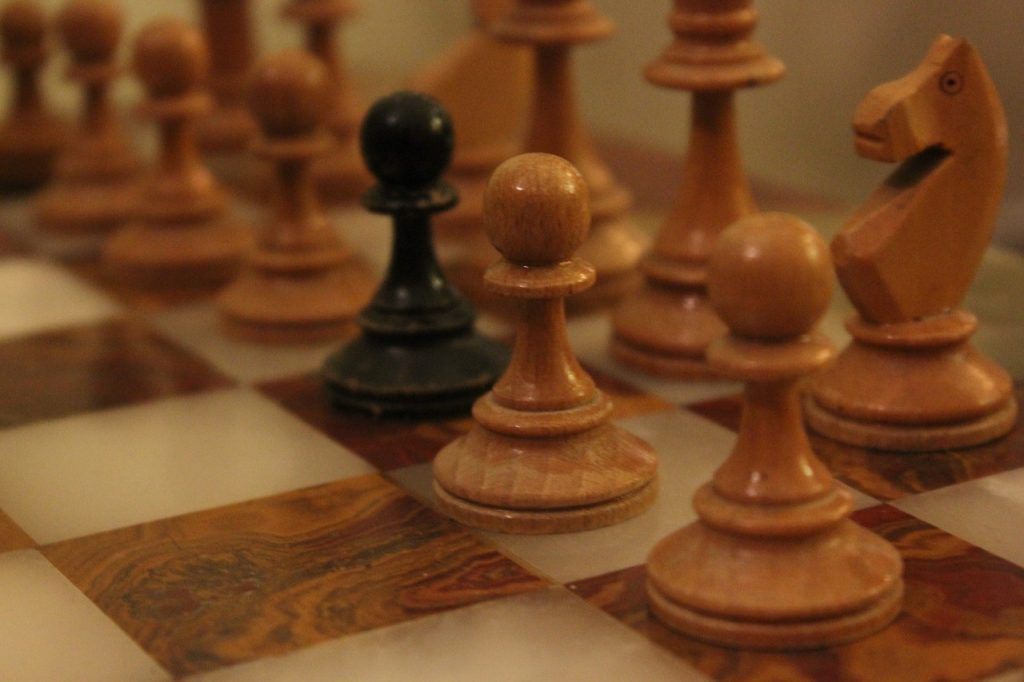Table of Contents
Is chess castling really necessary?
A very important move is the chess castling, it is a special move, the only one that moves two pieces at the same time. It grants security to the king and puts a rook into play easily.
Not many chess players know that chess castling was not part of the game originally. The castling in chess was introduced in the 15th century, back then chess castling rule did not exist.
Know every beginner in chess is religiously taught that castling is absolutely necessary, but is it?
It is true that castling makes chess a lot easier, nowadays, thinking about avoiding chess castling is madness. But actually, at the top-level chess, this makes a lot of sense.
We have to understand that chess castling is “necessary” because it reduces the enemy attack’s success rate, yet, objectively that is the only thing it does.
You have to understand that everything in chess is relative, let me ask you one simple question:
What is the problem of having the king in the center if you are mating in 3?
What I’m trying to say is: Every square on the board is safe for your king, as long as your opponent can’t create any threats. We have all seen games in which castling one side or another is not safe, this is proof that exceptions exist, and this also means this “rule” is not absolute.
The philosophy of chess castling (by Mikhail Tal)

There are many risky chess variations that involve leaving your king in the center and just fighting for the advantage. We can see it in openings like the Alekhine’s defense, king’s gambit, and Samish variation in the king’s Indian defense.
Unfortunately, these variations are excluded from most player’s repertoire because they happen to be too risky. Players tend to play always the same in order to feel comfortable with their positions.
Comfortability can also mean boring on many occasions and that’s exactly what we are witnessing in these times, Mikhail Tal used to say:
“The player who risks can lose, but the player who doesn’t risk anything is already lost”
If you explore Tal’s games you will find a unique characteristic that you won’t find in any other chess champion in the world. And one thing I can tell for sure, Tal enjoyed each and every single game he played in his career.
Mikhail Tal never lost his own playstyle despite the “general principles”, he just loved to attack and destroy the king’s paper house with crazy sacrifices!
Even if he never “respected the rules” sacrificing everything and avoiding castling on many occasions didn’t stop him from being the world champion.
In the last 2018 world chess championship between GM Magnus Carlsen and GM Fabiano Caruana, there were 12 consecutive draws! The amounts of draws are unbelievable.
“Weirdness” also wins chess games

There is a strong point of the “no theory” strategy in chess, and that is taking your opponent out of the comfort zone. As a chess coach, I want you to reinvent chess, create your own ideas, and boosting your creativity.
I am NOT saying you should play like a headless chicken and boast about being revolutionary.
Calmly and objectively question yourself, is this principle absolute? Is logical to always apply it? How relative is it?
No matter how wacky your idea is, you should always pay attention to your idea, your own ideas also have value! For example, do you remember that time Magnus Carlsen played the wing gambit in the Tata steel masters tournament? That is a good example.
Sometimes people avoid a variation just because they are edgy or sharp. If you were playing a chess computer this is perfectly understandable, but humans are not machines.
In human chess, I would say 90% of the wins at any level are due to a mistake made by the opponent. Simply because if both players were to play perfectly every time all the chess games in the world would end in a draw.
This is what we need to learn to save chess’s exciting nature, we have to learn how to play like humans again.
When to avoid chess castling

I can recommend you, if you want to really surprise your opponent without chess castling and have an exciting tactical game, play an early pawn sacrifice.
There are a lot of opportunities to sacrifice, but when you do it with a clear understanding of the ideas behind it is very powerful. As for any chess combination, you also need to calculate what your opponent’s possible responses are.
There are also different ways to do it that not necessarily involve sacrificing material. You can play the called “anti-theoretical” moves in the opening like 1 f4 with white.
In most cases, your opponent will have to improvise a response for those moves lacking the theory. When you play against weird moves like this you can easily fall for traps or losing tempos.
This is exactly what you need to look for, and remember, once you are attacking don’t waste any time, not even for chess castling!
Try out different variations
Many chess grandmasters have recognized the potential of different chess variations to solve the drawing trouble at the top level. Particularly, there is something called “No-castling chess” which was proposed as a solution to this situation.
GM Vladimir Kramnik was the one who took the initiative to share this with the public. He states that at the highest level of chess competition he would face this trouble a lot.
So he made a deep research on the topic of the no chess castling concern with the monster Alpha-Zero.
He made some interesting advances in the matter and proves that no-castling chess would be a nice solution.
I recommend you check out this idea yourself that has been called out many times by GM Vladimir Kramnik.
You may also like:
Castling in chess: How to survive the Opening






